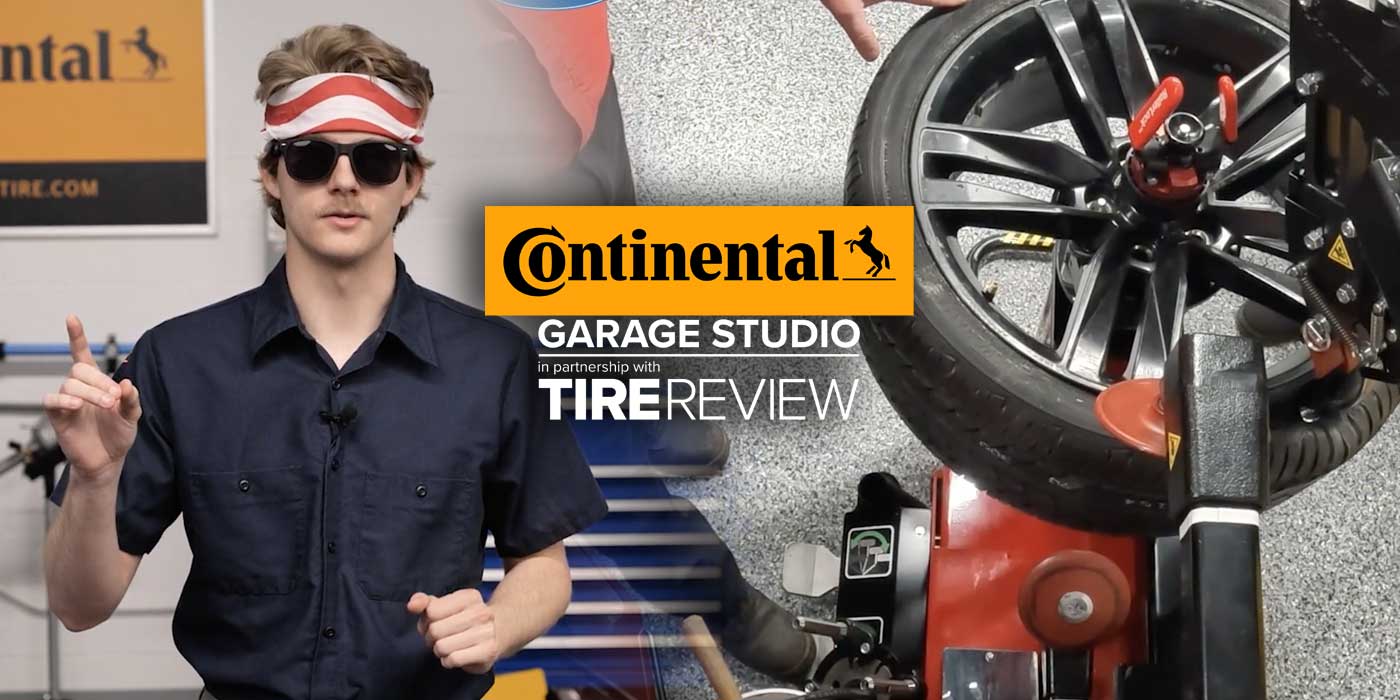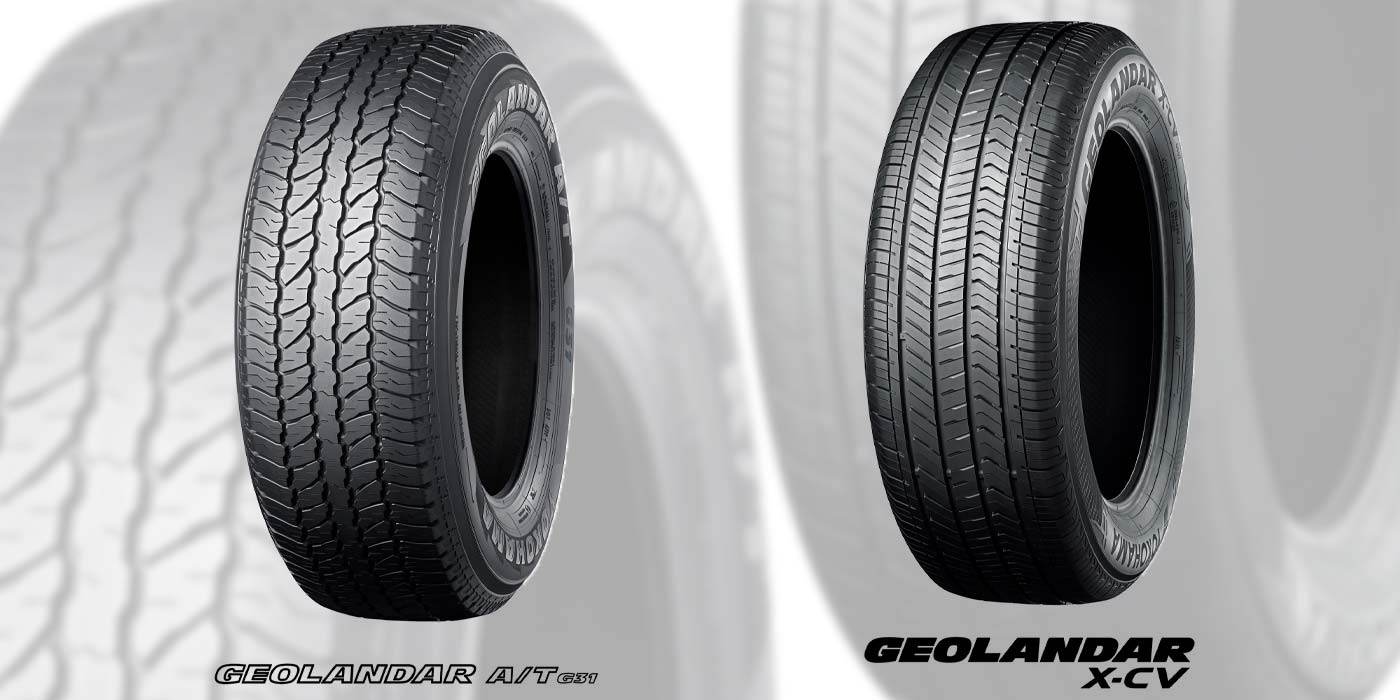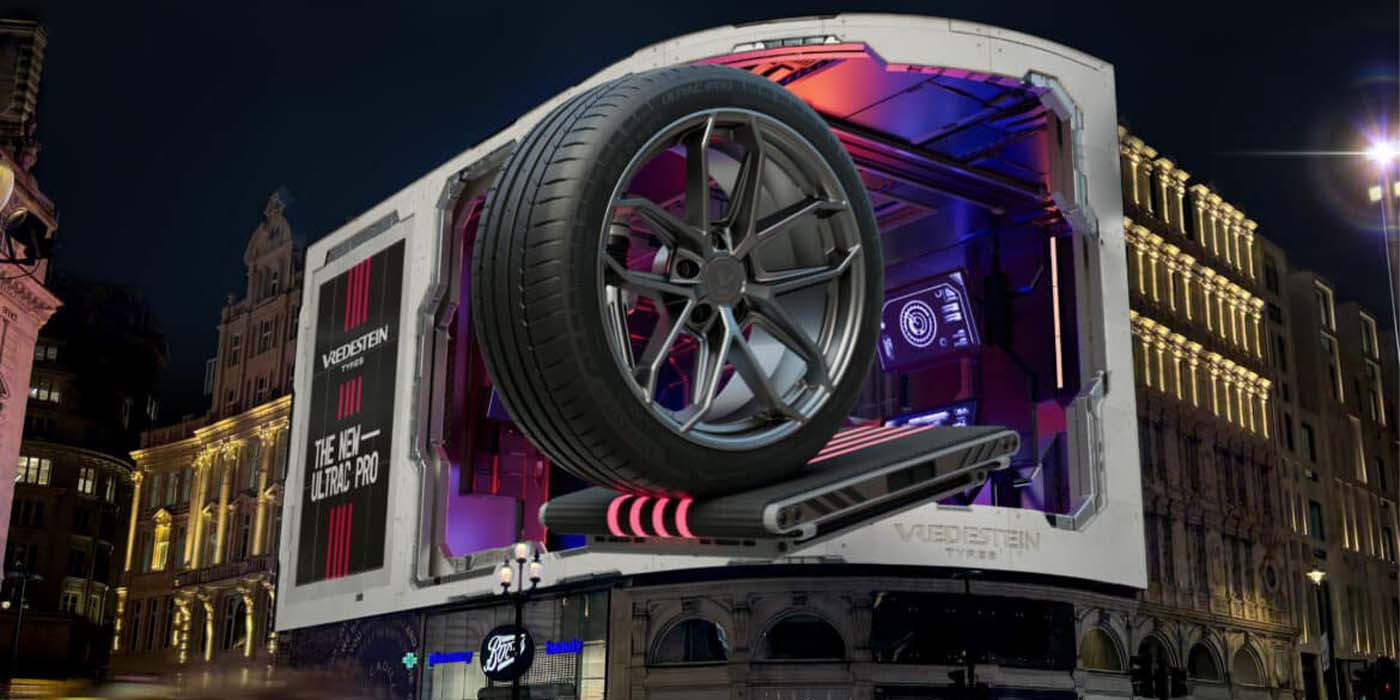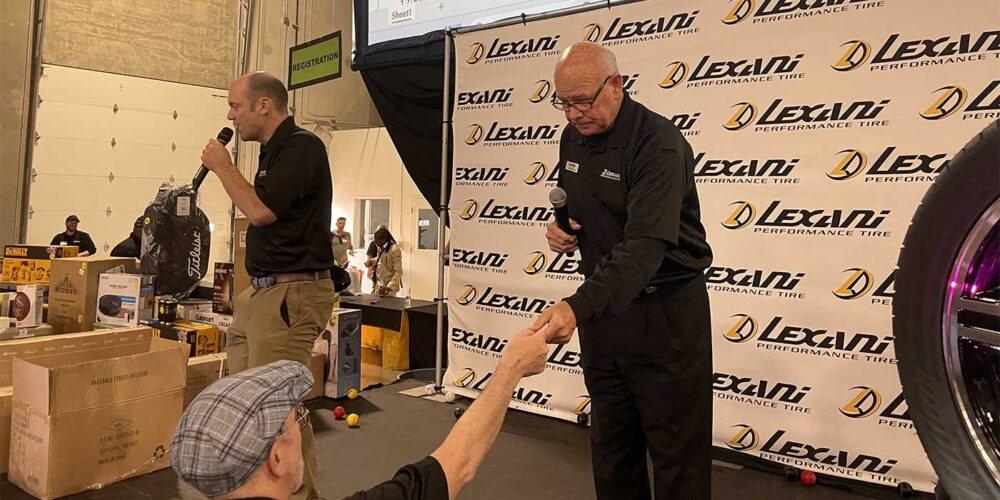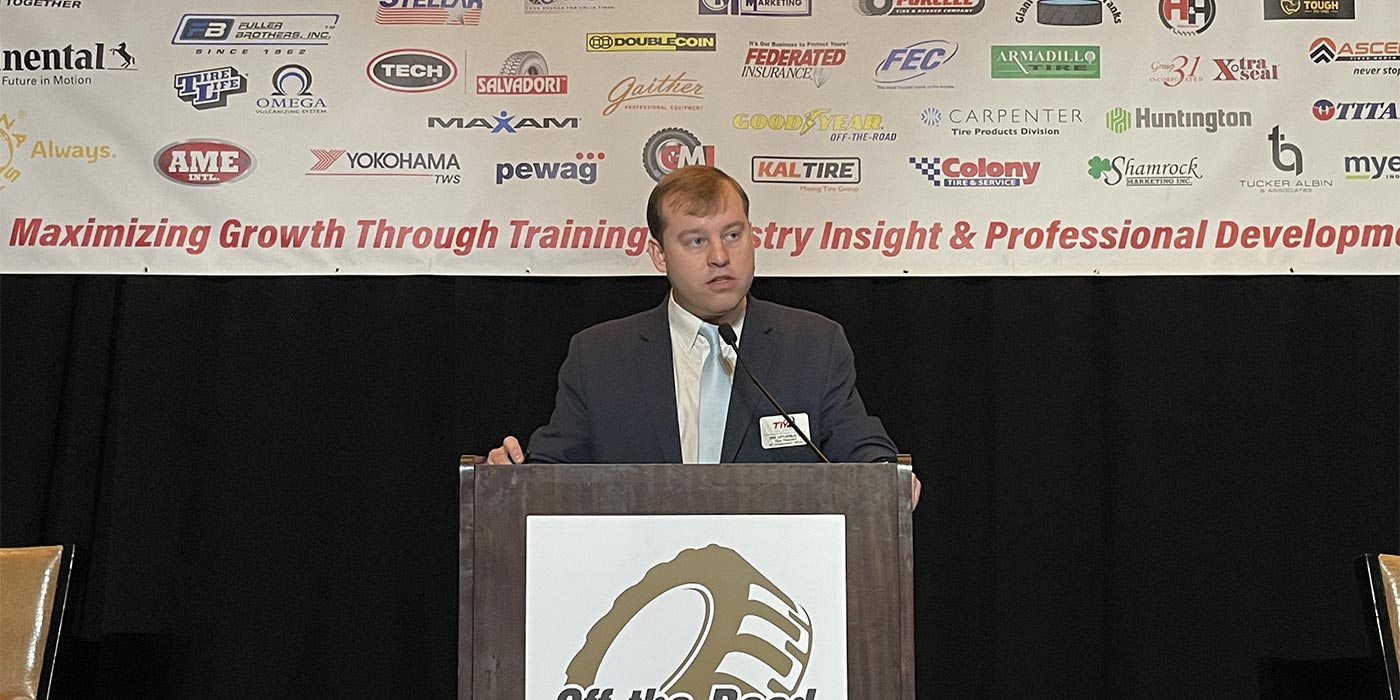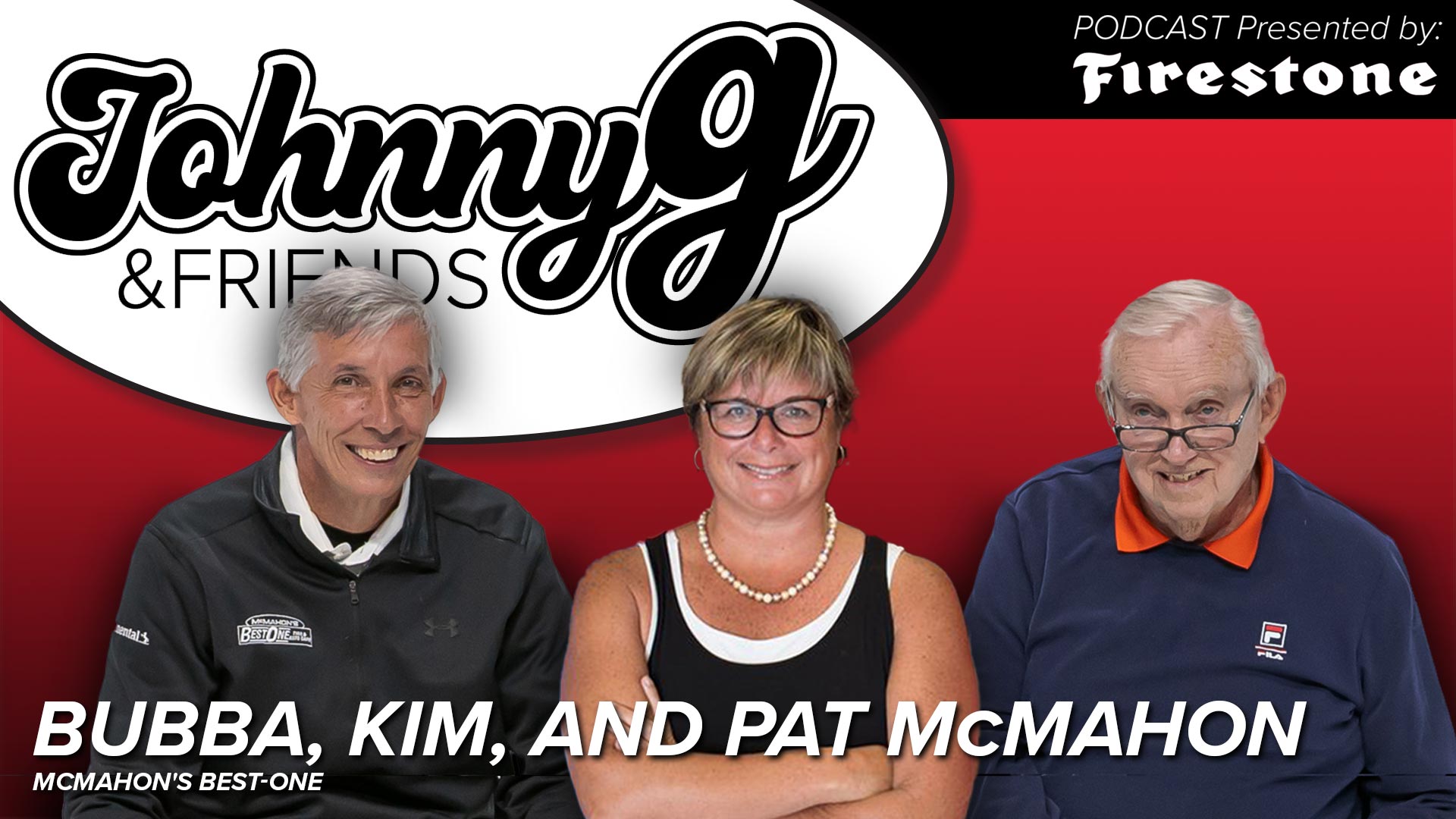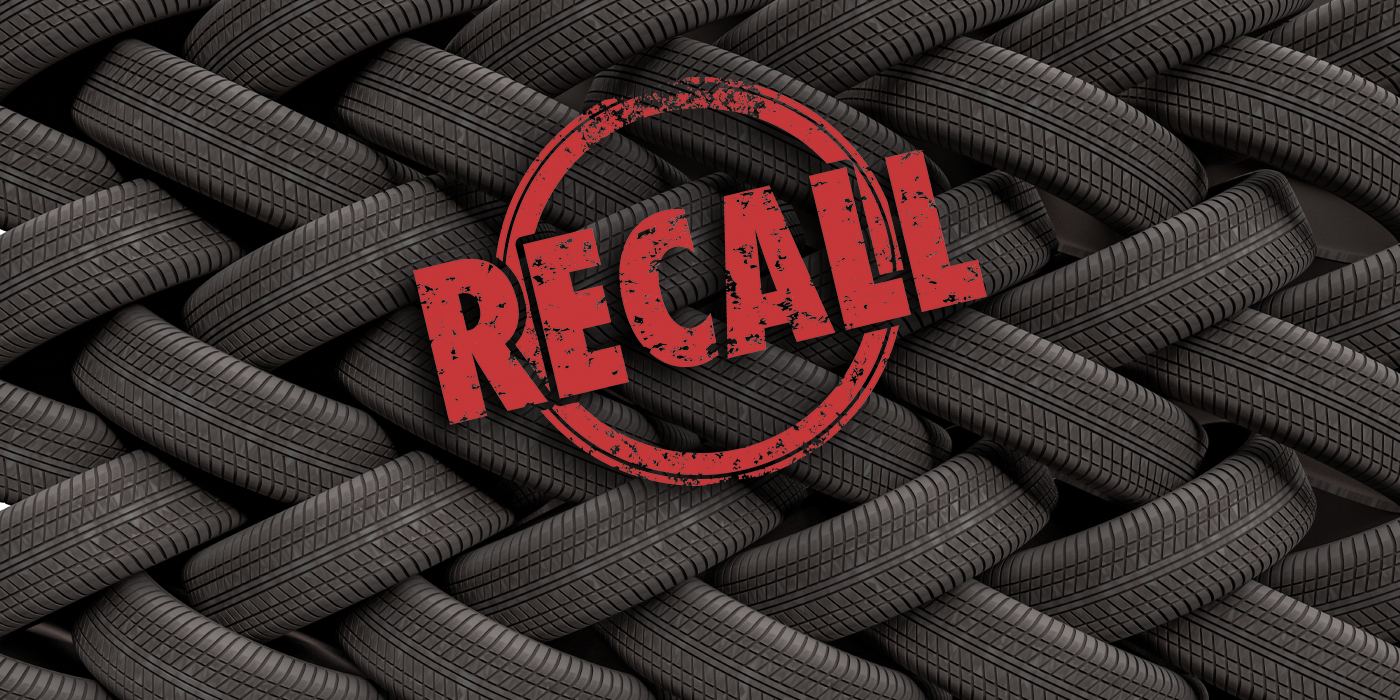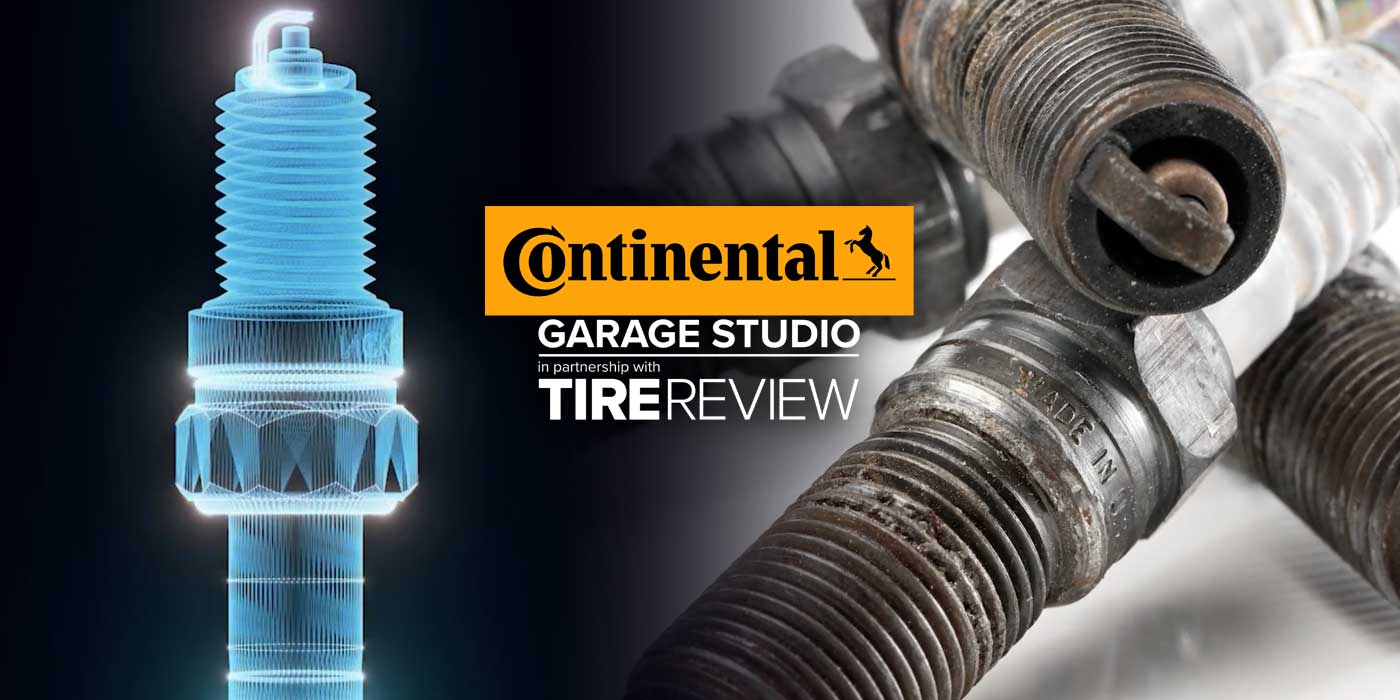MacMaster succeeds Mark Emkes, chairman and CEO of Bridgestone Americas Holding and Bridgestone/Firestone North America Tire.
MacMaster was interviewed by Yokohama’s communications agency. Here is the entire interview:
Q: What are some of the major issues facing the tire industry today?
MacMaster: The TREAD Act is still an important issue for the industry. TREAD is an acronym for Transportation Recall Enhancement, Accountability and Documentation. Congress passed it after the Bridgestone-Firestone and Ford recall. It’s the one that mandated new testing, early warning reporting and markings must be imprinted on both sides of the tire. FMVSS 139 is the new testing standard that went into effect Oct. 1, meaning all tires now have to be certified to a much more stringent standard. That’s okay; it’s just a very expensive, lengthy process for tire manufacturers.
But going beyond that is the attention that’s being paid to environmental issues, for example, rolling resistance. The OE manufacturers have been mandated under CAFE standards for years to improve fuel efficiency of vehicles. Now the tire industry is being requested and required to improve rolling resistance on replacement tires. The problem we’re facing is that some of the states, like California, have gone off on their own to mandate their own legislation, and we’re trying to get the federal government, through the Department of Transportation and NHTSA, to step up and take the lead because we’d literally have 50 different requirements for every state. So getting the industry in harmony with the government to implement these requirements on a more practical level is a big issue for us.
Q: Are there import/export issues facing the RMA, too?
MacMaster: Yes. All eight of RMA’s tire manufacturer members are in compliance with the TREAD Act requirements of early warning reporting, the new testing requirements, and all the other things that are mandated by TREAD, but what we’re seeing is that that does not universally apply to all manufacturers. Case in point, the recent FTS tire issue and the recall on the Chinese-produced tires.
We’re asking the government, through NHTSA, to help us level the playing field so that everybody that sells tires in the United States has to be in compliance with those requirements. Otherwise, we’re at a very large disadvantage to other world manufacturers. This also will insure the safety of the motoring public which was as the heart of the TREAD Act as passed by Congress.
Q: How are you going to address some of these issues as RMA chair?
MacMaster: The chairman’s role is not to set or establish policy. My goal is to keep our organization going in the direction that RMA President Don Shea has been leading it. Under Shea’s superior leadership, the RMA government affairs group does an excellent job on the Hill in Washington. We want to keep up that momentum, but as an association for the tire and rubber industry, RMA also has to be more proactive with government affairs and issues by getting early consensus of the members. I’m going to see if we can facilitate quicker consensus of the association.
I also want to continue our close working relationship with the dealers association, the Tire Industry Association (TIA) where we have made great strides in recent years. I want to make RMA a strong and respected voice of our Industry both to Washington agencies and to the public. This industry is made up of companies that take the safety of their products and their responsibility of providing safe products to the public very seriously. I am extremely proud to have been elected as chairman to represent our member companies.
Q: What’s the main function of the RMA?
MacMaster: It’s to be a voice of the industry. Under our bylaws, as long as we have a consensus among the members, RMA presents our position to the government agencies. Some of our member companies have Washington offices. Some, like Yokohama, do not. So we rely very heavily on RMA to be our voice in government affairs issues. The RMA also collects all the statistics from the members and publishes industry shipment information by segment. It’s the main statistician for the tire industry. It also provides functions such as training and education to dealers and consumers, technical coordination and testing and scrap tire education and advice to States and government agencies.
Q: Are tire manufacturers the only members in RMA?
MacMaster: No. It used to be tire and rubber products, and now it’s broken down by divisions. There’s a tire division and there’s the EPG – the Elastomer Products Group. That’s the non-tire part of the rubber industry – the hoses, belts, gaskets, sealants, molded and extruded products and so on. It’s the part of the industry that services auto original equipment manufacturers and provides consumer products to the general public.
Q: Does RMA membership extend beyond manufacturers?
MacMaster: No. To be an RMA member, you have to be a manufacturer here in the United States, but there are some member companies doing business here that don’t have manufacturing presence. We’re just now trying to expand our associate membership a little bit more to make sure that our statistical compilation is as accurate as possible and to provide a format for communications with all tire producers. To be a member, though, you have to be a manufacturer in the United States.
Q: Any plans for the RMA to expand into other countries?
MacMaster: Many countries have their own associations. In Canada, it’s called the RAC (Rubber Association Canada), and they are very similar to the RMA. The Europeans have the European Tire and Rim Technical Organization (ETRTO), and in Japan it’s called the Japanese Automobile Tire Manufacturers Association or JATMA. As a matter of fact, Tadanobu Nagumo, the president of our parent company in Japan, is the current chairman of JATMA.
Q: Do all these associations get together annually for one big meeting to exchange information?
MacMaster: No, but what has happened is there is now a global CEO format that’s been established. I believe they have met twice. The last meeting was here in California and Mr. Nagumo attended. That group of global CEOs is meeting primarily right now on environmental issues that affect global rubber manufacturing.
Q: Is the RMA pushing for better environmental standards and practices?
MacMaster: RMA has really been very active in environmental issues. In 1990, when the RMA got heavily involved in scrap tire management issues, there were an estimated 1 billion scrap tires in stockpiles. Today there are about 188 million remaining in stockpiles, down from 275 million in 2003. About 87 percent of annually generated scrap tires are used in secondary markets. I think the U.S. and the RMA are probably at the forefront of the scrap tire issue, which has a huge environmental impact.
Q: Speaking of environmental agendas, Yokohama has a long history of very strong environmental programs and initiatives, including a new Web site, www.ecotreadsetters.com. Why did Yokohama get involved in this?
MacMaster: Yokohama and Mr. Nagumo have a long-term vision called Grand Design 100. There’s a very a large portion of that initiative that is designed around environmental issues. For example, our factories in Japan now are zero emission, reaching that level well ahead of the Kyoto protocol requirement.
You’ve probably also read about the citrus oil tire that YRC has patented to reduce the requirement for petroleum-based components. Called the Super E-Spec, it’s a lighter weight tire with a patented inner liner that YRC invented, which improves air retention. It’s impervious to air loss. That helps with underinflated tires, which are one of the banes of the industry and consume a lot more energy to make them roll efficiently. If we can control the pressure of the tire and make the inner liners more efficient like the Yokohama Advanced Liner (YAL) process that’s actually being marketed and produced by Exxon/Mobil, then we’re going to be able to improve not only today’s fuel efficiency, but tomorrow’s.
Q: What is the focus of ecotreadsetters.com?
MacMaster: Ecotreadsetters.com is different because it’s not tire related. Its focus is on environmental achievements people can do, along with contests and prizes focusing on people taking green action. Ecotreadsetters.com is important because the U.S. is far behind a lot of the other world markets when it comes to environmental advocacy. Europe and Japan are light-years ahead of us right now. We have been a consume-and-throw-away country for way too long. We all want to reduce our dependency on petroleum, which is the basis for a lot of different products, tires and plastic products included.
Recycling and environmental awareness are absolutely critical for the future generations, and I think that’s part of the reason why Japan is a leader. As a matter of fact, Yokohama has been acknowledged as one of the 10 most efficient and environmentally-conscious manufacturers in all of Japan by what is the equivalent of the Wall Street Journal there.
Yokohama has a long history of understanding environmental requirements and needs, and let’s face it, Japan doesn’t really have any natural resources. So they’ve been very conscious of this for a long time, much longer than we have here. Europeans, in kind, have been environmentally responsible for a lot of years, and we’re just now playing catch up.
There’s an enormous amount of room for companies in the United States to take a leadership position, like in the tire industry.
Q: Is RMA pushing for new environmentally friendly technologies from tire companies?
MacMaster: That’s not really the role of RMA. Remember, here in the U.S. the RMA has eight tire member companies that cooperate together on industry issues that are common to them. But that’s where the cooperation has to stop, because, along with being good corporate citizens together with RMA, we’re competitors against each other every day.
RMA doesn’t take an initiative position on issues like that, but they do represent our voice to the U.S. government and to the consumers through tire safety awareness campaigns like, “Do your part. Be tire smart.” The RMA runs this program with retailers across the U.S. for one week every year to make the consumer aware of proper tire maintenance. Until the price of gasoline rose so dramatically, the message really kind of fell on deaf ears. Now, people are listening a little bit more.
For Yokohama, that’s where the ecotreadsetters site fits in. It’s really a format for us to try to get our environmental awareness discussions in front of consumers, especially young consumers, who can change the environmental direction of the U.S. very quickly, hopefully, within one generation.
Q: From what you’ve seen, have the retailers embraced what RMA is trying to do about the under-inflated tires and general tire safety and awareness?
MacMaster: It’s absolutely having an effect. Again, I think as long as fuel stays high, consumers will be looking for ways to save money, and RMA’s tire awareness campaign offers fuel-saving tips. I don’t think we’re going to see any major drop in fuel here for a long time. Fuel in the U.S. is still a bargain, compared to Europe and Asia, so it’s a reality that higher fuel costs are here to stay. What we need to do is get a platform and an audience that’s willing to take action, and honestly, the youth of today will be the major consumers of tomorrow. As an industry, we have a real opportunity to get the information in front of them to help them make thoughtful environmental decisions.
Q: Getting back to your role as RMA chair, do you have a specific agenda you’d like to present?
MacMaster: I’m very, very fortunate because Don Shea, who’s the president and has been with the association for about 10 years, has done an amazing job. He and Mark Emkes, the outgoing chairman, did a wonderful job, along with the rest of the RMA staff, of moving our industry positions and cooperation forward. The only thing I have on my agenda is to try to fill Mark’s shoes.
Q: You’ve helped guide Yokohama through some challenging times. What would you consider some of your major accomplishments here at YTC?
MacMaster: Selfishly, I think probably the biggest accomplishment that I’ve been able to be a part of, and only a small part of, is seeing this company go from its worst condition in 2000, to now, when we’re back to being profitable, and starting to pay taxes to the U.S. government. If you’d ever said to me that I would look at paying taxes as an accomplishment, I would have laughed, but it’s true. To be a tax paying citizen and seeing our company in a tremendous growth curve is very satisfying. By 2009, Yokohama will double its size from 2000. Not only have we been able to stabilize the company and make it profitable, now we’re able to use the resources for growth and to advance the position of our parent company, which is our only stockholder. And Yokohama is celebrating its 100th anniversary in 2017.
Q: What are some of the major changes you’ve seen in the tire industry in the last 25 years? We know tire prices haven’t gone up accordingly.
MacMaster: Unfortunately, that’s been one of the problems. The industry has been, to some degree, its own worst enemy in terms of capacity-to-demand. We’ve always been an industry of oversupply, so we haven’t really been able to maintain any return discipline. But if you look at the industry 25 years ago, and unfortunately, I can go back further than that, there has been a lot of consolidation and changes. A lot of companies that were well-established, like General Tire, Firestone and BFGoodrich have now been merged and consolidated with other companies, which is a positive thing, because there are fewer players making the decisions on the marketplace.
The distribution channels have changed enormously over that period of time, so have the products changed. Twenty-five years ago, the basic construction was either bias or bias-belted. The thing that has lagged the furthest behind, until the last eight or 10 years, has been the manufacturing process, which was pretty antiquated. Now we’re seeing automation come into manufacturing, which really is the key to the future of the industry to make it a profitable, viable long-term industry.
Q: What do you see in the future for the tire industry?
MacMaster: I think we’ll see further consolidation. I think the distribution channels are pretty stable. There’s only one real area for major improvement, and I think that’s in the manufacturing process and in innovations like using other raw materials in place of petroleum-based materials. Using materials that are renewable versus nonrenewable, like citrus oil instead of petroleum. Things that will help the environment.



